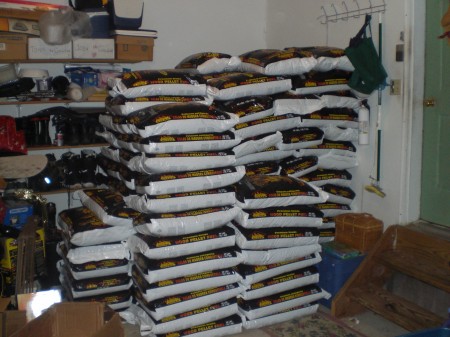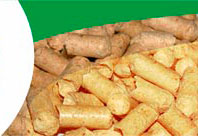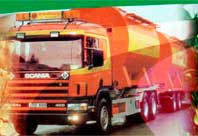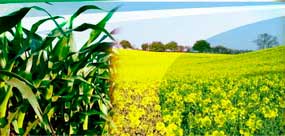Netherlands wood pellets market development history.

Netherlands have started to use pellets ten years only. It has started in 1990 when Dutch energy companies started to co-fire biomass and coal, but the main source was waste streams: paper sludge and (demolition) wood. Power companies incinerated appropriate fuel types – i.e. demolition wood and sewage sludge, mainly due to their big amount, than due to renewable energy demand, as mostly, they had been interested at experimenting with direct and indirect co- firing of small volumes of biomass. Afterwards they moved to large scale biomass co –firing. Then, since the year 2000 all manufacturers have increased the usage of co- firing technology, mainly due to the agreement between power manufacturers and Ministry of Environment in Netherlands, approved in 2002, where the preference had been given to renewable electricity generation from biomass. Such support schemes prompted utility companies searching for additional biomass sources.
Currently, Netherlands have two wood pellets manufacturers with their total manufacturing capacity of 130,000 tons, and industry experts see no signs of this capacity possible increase. Such situation prompted Netherlands utility companies to search for the options of biomass import from Eastern Europe or North America, for example. Netherlands went the same way with Sweden which rapidly increased the wood pellets import amount from Canada, from where the Netherlands have started to import wood pellets as well.
European pellets’ market is divided into three types:
House hold pellets in bulk, for their further usage at residential heating, average volume makes 5 tons approximately, the pellets are manufactured in accordance with appropriate quality standards (CEN/TS 14961, Ö-norm M 7135, DIN plus, DIN 51731, Pelletgold, Umweltzeichen 38 or SS 187.120). Pellets are transported to municipal utility companies responsible for heating. End users buy such pellets type from traders. If manufacturer is engaged at pellets trade directly to end users, it is considered to be the trader as well.
House hold pellets in small bags (from 15 to 25 kg). Such pellets are used for heating and are manufactured in accordance with the standards the household bulk pellets do. Usually, end users buy such pellets at retail shops and use them for their residences heating at small scale boilers. The sales volume makes about 0.25 ton per year.
Industrial pellets in bulk. Large scale pellets consumers such as utility companies use them for electricity generation. Their annual demand estimates more than 3,000 tons and they are manufactured, taking into account less tight quality standards, than the household pellets are manufactured. Such pellets are transported by wholesale or international traders, who collaborate both with manufacturing plants and large-scale consumers. Industry professionals mention that in some countries such markets function simultaneously. As for Netherlands, the third market type is predominant
Any copying and distributing the material of Ukrainian Biofuel Portal
without active hyperlink is stricly prohibited !
Copy & Paste This Code to your website:
Views: 8678 Published: 12-03-2010
Average Rating:
Netherlands wood pellets market development history.








